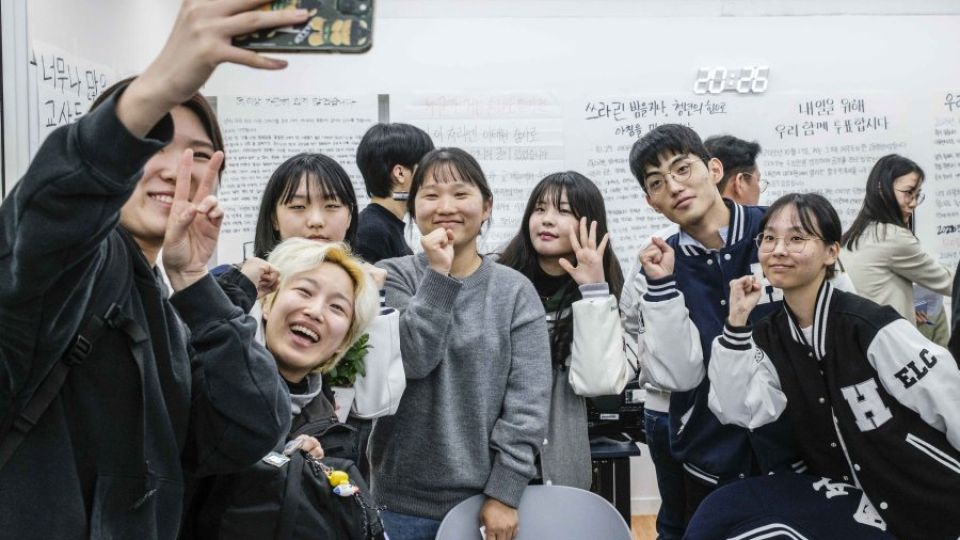February 12, 2025
SEOUL – As South Korea grapples with its rapidly declining school-age population, universities are increasingly looking to international students and adult learners to fill the gap. A new study by the Korean Educational Development Institute (KEDI) projects a sharp drop in the number of students entering higher education over the next two decades, forcing institutions to rethink their admissions strategies.
According to the study published on Sunday, the number of high school seniors eligible for university or junior college enrollment will drop by 12,518 over the next decade — from 285,924 in 2024 to 273,406 by 2035.
The decline is expected to accelerate from 2036 and by 2042, the number of potential university entrants will drop to under 230,000.
With domestic student numbers dwindling, universities are shifting their focus to foreign students and adult learners (aged 25 and older) to sustain enrollment and financial viability. The number of school-age students entering universities fell by 27,735 from 2016 to 2023, but this was partially offset by an increase of 7,457 adult learners and 1,851 international students, reducing the overall loss to 18,427.
Faced with shrinking numbers of domestic students, Korean universities are placing greater emphasis on attracting international students. In a 2024 survey by the Korean Council for University Education, 52.7 percent of university presidents ranked “attracting and educating foreign students” among their top three priorities — significantly up from 35.5 percent the previous year. In January 2025, a follow-up survey found that the issue remained in the top three priorities for 56.4 percent of university leaders.
This shift is evident in enrollment trends. The number of foreign students admitted to degree programs in South Korea quadrupled from 712 in 2016 to 3,741 in 2023. Universities see this strategy as a necessary financial lifeline amid declining domestic tuition revenue and increasing financial pressures.
“The only way for universities to survive is to secure additional financial support from the government or attract more students,” university presidents noted in the 2024 survey. “With the school-age population shrinking and student concentration increasing in the capital region, attracting foreign students is the only viable alternative.”


